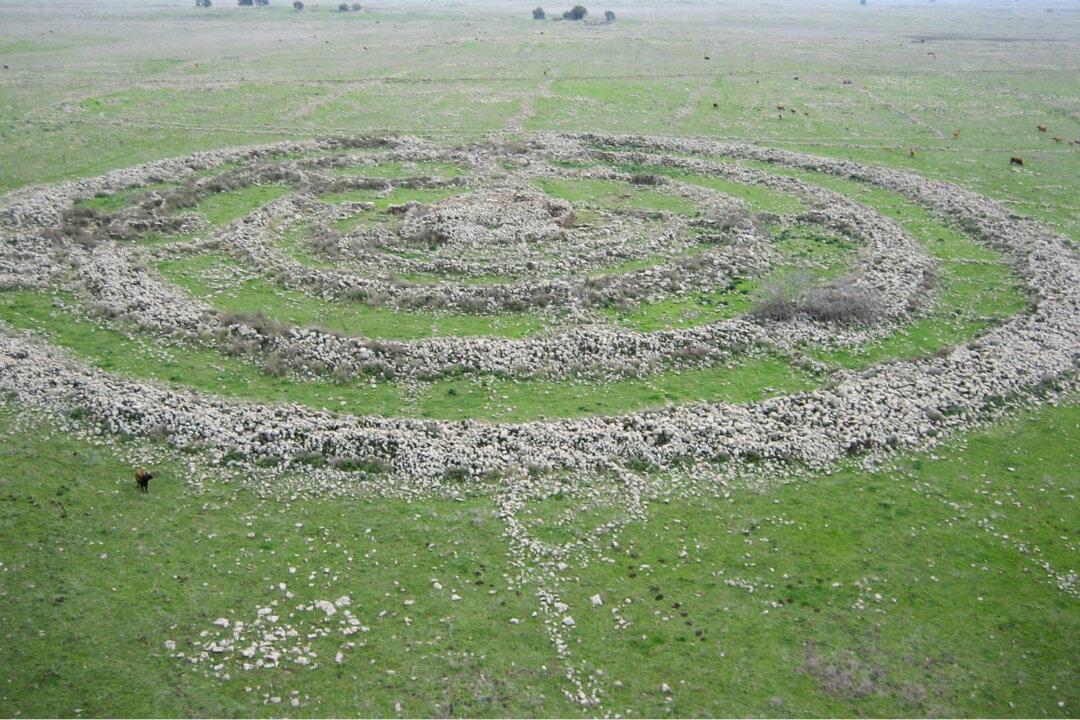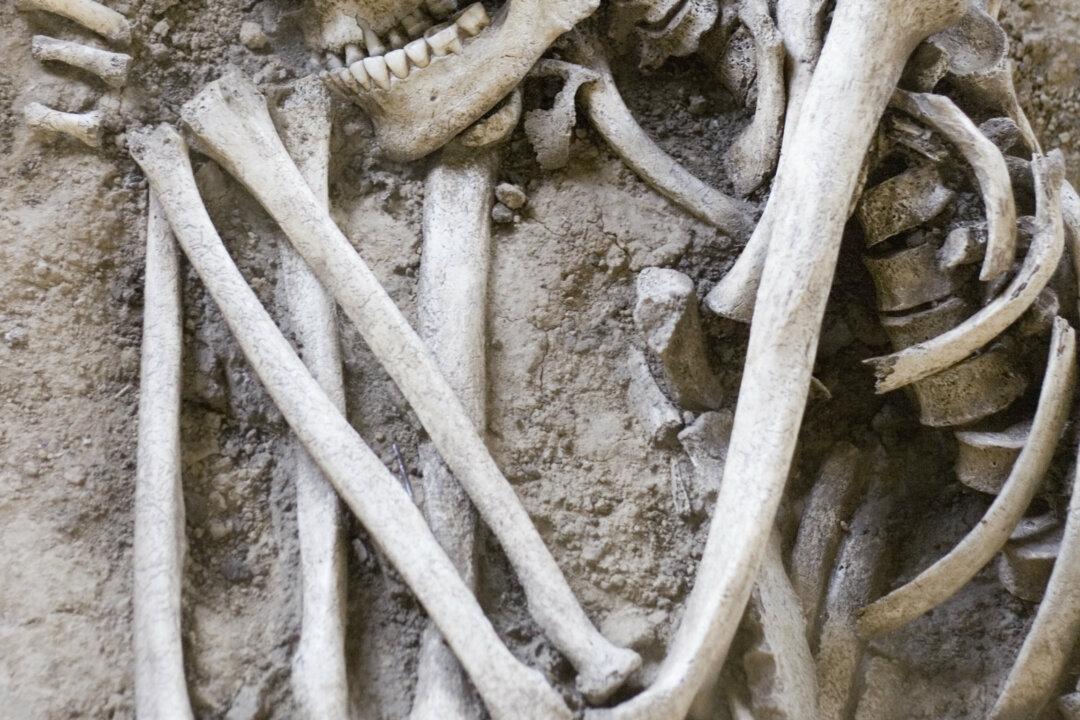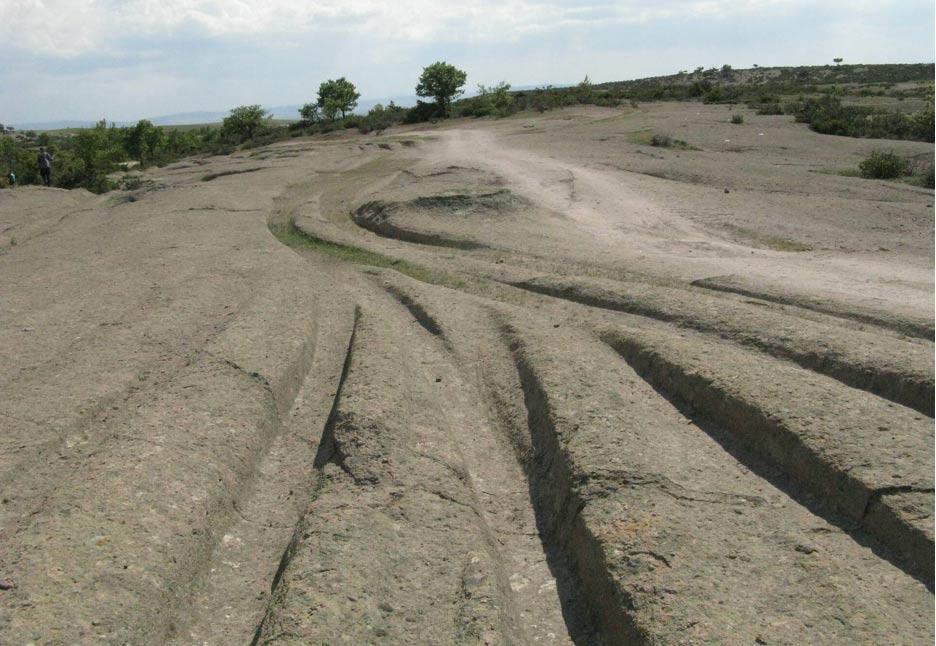In plain sight, but unnoticed for centuries, an unusual megalith near the Sea of Galilee has stumped experts. No one knows who created the enormous stone circles some 5,000 years ago, nor why.
Pattern Within Giant Stone Circles Revealed From the Air
The impressive ancient ruins, located in the Golan Heights (a contested region claimed by both Israel and Syria) are a wheel-like design of enormous piled rocks—an estimated 40,000 tons of black basalt—stacked into at least five concentric rings, with a central burial cairn at its center.In Arabic, it is called Rujm el-Hiri, meaning the “stone heap of the wild cat.” In Hebrew, it is named Gilgal Refaim, or the “wheel of giants.” The reference to a race of giants in the Bible, the Rephaites, alludes to only one of the many theories as to who built the complex monument, or the purposes behind it. Considering the great size of Rujm el-Hiri, it’s no wonder it might be considered the work of giant beings.





